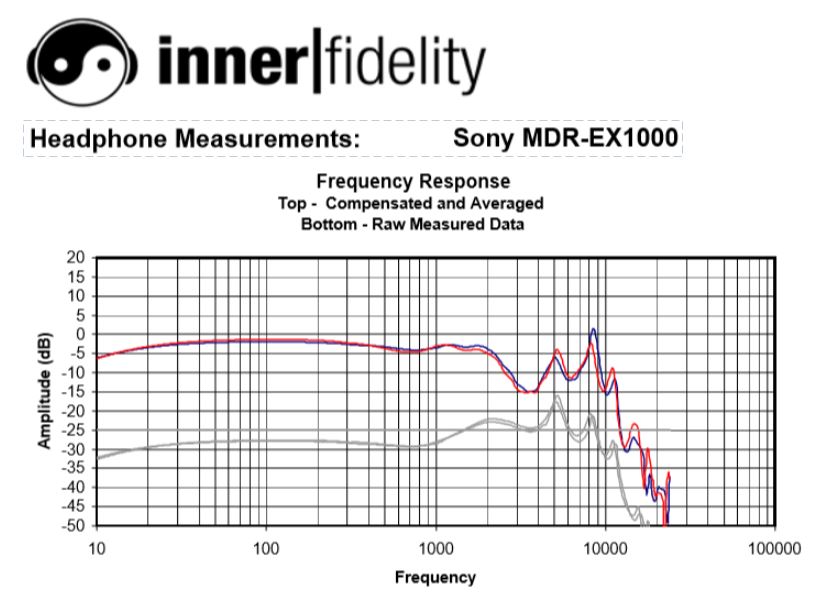LuckyNat
500+ Head-Fier
- Joined
- May 23, 2015
- Posts
- 597
- Likes
- 117
I did several hours of direct comparison between 2HD and Gold and I was considering the Gold to be more neutral whilst the 2HD had more prominent midrange (not by massive amounts).
I dont consider there to be a peak in the Gold that needs to be tamed at all, in fact there appears to be something to the sound missing when I compared to either the 2HD or Pro2. It's a slight loss of atack. Therefore I concluded that it's the others that roll-off more in the upper treble. It could also be the source that is prominent in upper treble but requires a rolled off upper treble to sound neutral. I'm using a AK320.
How can one say which is neutral? One can only make comparisons.
Are you sure the foam you put in would have to be before the acoustic lens? Wouldn't it have a similar effect anywhere in front of the driver?
As a point of interest, the acoustic lens goes right up to the driver housing on the 2HD, although the gap between the driver and acoustic lens on the Gold is a fraction of a milimetre.. Although remember that the driver itself is a mm or so behind the metal grill that forms the driver casing.
I dont consider there to be a peak in the Gold that needs to be tamed at all, in fact there appears to be something to the sound missing when I compared to either the 2HD or Pro2. It's a slight loss of atack. Therefore I concluded that it's the others that roll-off more in the upper treble. It could also be the source that is prominent in upper treble but requires a rolled off upper treble to sound neutral. I'm using a AK320.
How can one say which is neutral? One can only make comparisons.
Are you sure the foam you put in would have to be before the acoustic lens? Wouldn't it have a similar effect anywhere in front of the driver?
As a point of interest, the acoustic lens goes right up to the driver housing on the 2HD, although the gap between the driver and acoustic lens on the Gold is a fraction of a milimetre.. Although remember that the driver itself is a mm or so behind the metal grill that forms the driver casing.
Last edited:





























